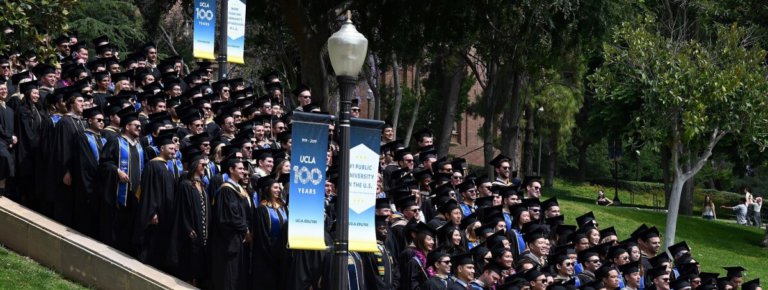
The private student loan debt market has grown to US$102 billion with 1.4 million borrowers, according to a report by LendEdu.
The average student loan debt was US$13,780 from 2016 to 2019, according to LendEdu’s database of about 200,000 private student loan applicants. The average interest rate on a private student loan was 8.86 percent – from 2016 to 2019, the average variable and fixed interest rate on these loans were 8.81 and 9.97 percent respectively.
What’s interesting to note is that approval rates are still slim. Among applications with a co-signer, only around a third of loans were approved. Less than one in ten applications were approved without a co-signer. The increase in private student debt size despite the low approval rates – and generally more expensive cost – means more and more people are applying. It suggests they have exhausted all other means of meeting college costs.
“To cover the higher education price tag, federal student loans are usually the first option that consumers turn to after scholarships, grants, and savings have been exhausted. But as that price tag keeps swelling, private student loans are increasingly used to fill the gaps left by federal borrowing limits,” the report said.
“With over 100 different private student loan lenders, the market has exploded in recent years…Each year, roughly 1.4 million college students will use a private student loan to help pay for college.”
“Now, there is around $102 million in private student loan debt, or 7.5% of the country’s outstanding student debt balance.”
State of Private Student Loans Report 2019 https://t.co/ixCPCIDo3v
— LendEDU (@GoLendEDU) July 19, 2019
The collective student loan debt in the US is now US$1.6 trillion, comprising of both federal and private student loans, owed by 45 million student loan borrowers. The US Department of Education owned a huge majority of student loans (92 percent or US$1.4 trillion), according to a December 2018 report by MeasureOne, an academic data firm. Meanwhile, private student loans comprise 7.63 percent of the total outstanding US student loans.
Nearly two-thirds of the class of 2017 graduated with student debt, data from The Institute for College Access & Success show. The average debt is higher than private student loans, at US$28,650 and the average US household with student debt owes US$47,671, according to NerdWallet’s 2018 household debt study.
In June, a report released by the Department of Education revealed one sector with particularly out-sized debt: Graduate schools. There is no limit as to how much a graduate student can borrow, unlike undergraduates, which is capped at US$57,500.
The master’s degree market has been described as one that is “replete with debt levels that make little sense”. In some institutions like San Francisco’s Academy of Art, it costs an average of US$100,252 for a master’s degree in design and applied arts. The New York Times reported that its MFA graduates borrow an average of more than US$85,000 but take home only around US$35,000 in annual salary.
The average debt for professional degree programmes is also higher, with the average debt for dental school graduates at US$285,184 and medical school graduate at US$196,520.
Liked this? Then you’ll love…
4 apps to help you tackle your student debt
Student debt, political depression and eco-anxiety: Inside the millennial mind







